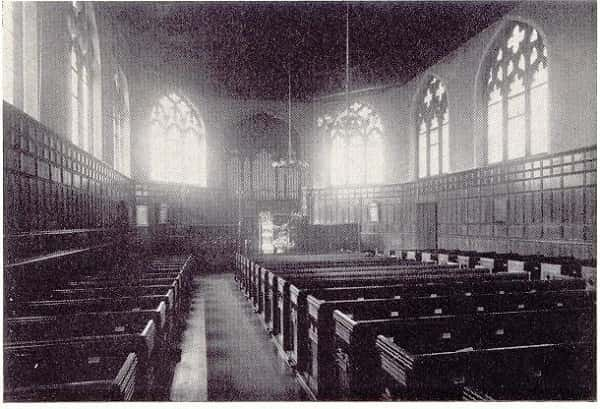 When we look too closely at “church” history, it is easy to forget that there was other history going on at the same time. That other history often had a tremendous impact on “church” history.
When we look too closely at “church” history, it is easy to forget that there was other history going on at the same time. That other history often had a tremendous impact on “church” history.

During the 250 years or so that the Church was undergoing official persecution by the Roman Empire, for instance, the Empire itself was pretty much unchanging. That is, for that two and a half Centuries, Rome remained Rome. Italy continued to be the center of the Empire, stretching from the Scottish border, in the north, to the Sahara Desert in the south. From Mesopotamia, in the east to the Straits of Gibraltar, in the west. We often hear or read of the “Pax Romana”, or “Roman Peace”, a period of 200 years when there were no major wars or other upsets, and we tend to think of it as an almost Utopian time. It wasn’t, of course. The “peace” wasn’t even peaceful, in a lot of cases. The Roman army continued to fight barbarians all along the borders of the outlying provinces. It was far from peaceful, too, for Christians, during the 10 persecutions. But, the idea is there. Inside the borders of the Roman Empire, not much happened. That relative lack of war and tumult allowed the Church to grow.
The Roman roads, some of which still exist, made communication easy and relatively fast. The absence of marauding armies made it possible to grow crops and feed most of the people, most of the time. The existence of an efficient system of laws, courts and police kept the peace, if somewhat brutally, at times. Despite the occasional risk of being fed to the lions, the environment was in many ways almost ideal for the growth of the Church.
And, grow, it did. The literature of the young Church was widely copied and widely circulated. The huge breadth of the Empire, combined with a common spoken and written language, made it not only possible but actually desirable to spread a common worship pattern everywhere that Roman government extended. Indeed, one of the first places that Christianity really “caught on” was among the soldiers, and the frequent rotation of Legions to different parts of the Empire is probably responsible for at least part of the speed with which the Church moved. Probably, too, for the high degree of standardization that appeared early and lasted long, within the body. A Legion, some 6000 men, from, say, Armenia, might be reassigned to Britain. When they got there, the Christians within it would have immediately found a Church that believed the same things as, and worshipped almost exactly like, the one they had left, 2000 miles to the east. The same was true for other government workers, for traders, and for seamen. Life wasn’t all bad for Christians in the second and third Centuries.
